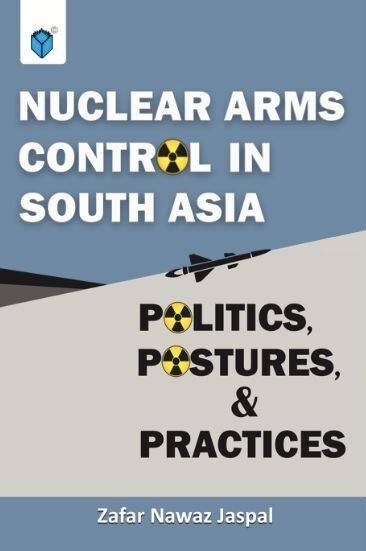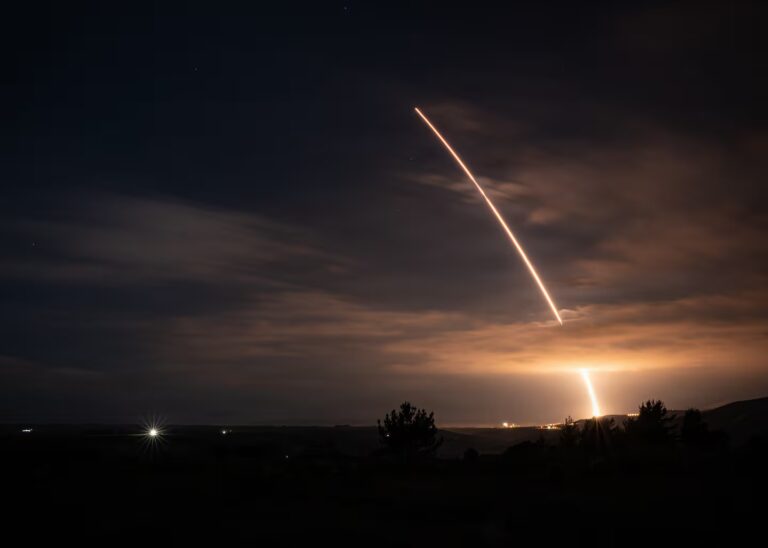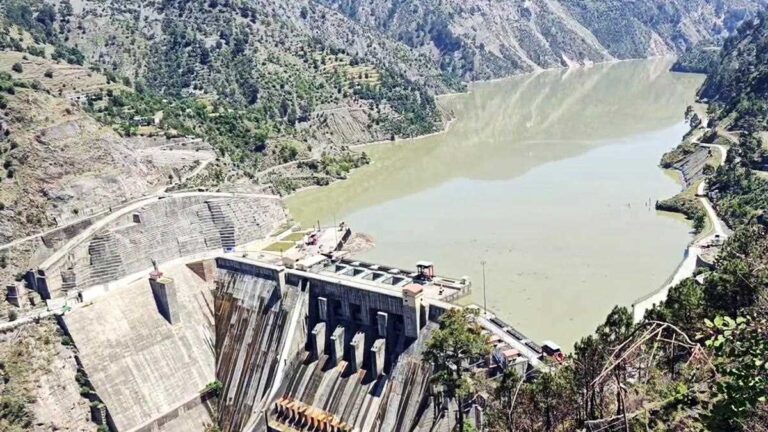
Nuclear Arms Control in South Asia: Politics, Postures,& Practices
Authors: Zafar Nawaz Jaspal
ISBN: 9786273100043
Publisher: Paramount Books
Year: 2024
Dalir Khan Khattak
Ever since the advent of nuclear weapons, a lot has been written about their influence on their possessors’ behaviors. Deterrence, both as a theory and strategy, has been central to all this and other discussions surrounding nuclear weapons. Nuclear-armed adversaries, India and Pakistan, have also incorporated the idea of deterrence into their defense and security frameworks. However, given the unending hostilities between the two countries, their efforts to strengthen it have created a dangerous action-reaction syndrome. In his latest book “Nuclear Arms Control in South Asia: Politics, Postures, & Practices, renowned Pakistani nuclear scholar, Zafar Nawaz Jaspal, traces the antecedents and evolution of Pakistan’s and India’s nuclear postures.
Pitching the book as useful for wide-ranging audiences, Jaspal sets the stage by briefly shedding light on competing philosophical and theoretical approaches, including neorealism, both offensive and defensive, and regime theory. Starting with this and key debates makes sense as it helps readers better understand why and how states pursue nuclear weapons. However, Jaspal could have built a new theory to explain the peculiar dynamics of the region as the current ones are not only outdated but also have limited explanatory power.
Thereafter, Jaspal surveys the contours of international nuclear politics and as to how great power competitions are shaping it. Notably, he discusses how the Cold War-era arms control architecture is all but crumbling, as evidenced by Washington and Moscow walking away from the treaties and agreements they had signed. To Jaspal, all this has a bearing on both India and Pakistan. While Jaspal rightly alludes to the effects of changes in the global nuclear order on South Asia, he does not substantively discuss how China’s modernization is affecting India’s and, resultantly, Pakistan’s calculi.
Next, Jaspal brilliantly sketches India’s changing nuclear posture, arguing that the country has adopted a strategy of nuclear compellence. As an example, he cites India’s behavior during the Pulwama-Balakot Crisis, which was centered on not only issuing nuclear threats but also going a step further and readying missiles for use. He rightly argues that India has expanded the role of nuclear weapons, lowering the nuclear-use threshold. Jaspal then looks at Pakistan’s doctrinal responses to India’s destabilizing changes. Explaining the idea of Full-Spectrum Deterrence, Jaspal clarifies that, under the overarching concept of credible minimum deterrence, it centers on giving Pakistan full deterrence coverage of India in terms of both targets and territory. Therefore, given that this doctrinal dissonance is the mainstay of the book, Jaspal’s analyses of ongoing shifts in strategic thoughts, especially in India, enhance our understandings of the sources that weaken strategic stability.
Jaspal has also extensively examined Pakistan’s and India’s responses to global arms control and nonproliferation regimes. To Jaspal, India’s approach to nuclear arms control and nonproliferation has not augured well as far as stability is concerned. He aptly notes that India engages in the race to acquire technical capacity for making weapons while also overlooking or dismissing arms control and strategic restraint mechanisms in South Asia. This, Jaspal argues, has shaped Pakistan’s own approaches to arms control and nonproliferation. Here, Jaspal makes all the right points. Certainly, while committed to showing responsibility, resolve, and restraint, Pakistan, as the book clearly argues, will continue to redress the imbalances that India’s modernization and aggressive posturing will create. However, as mentioned above, in order to fully understand India’s nuclear doctrine, China’s nuclear-related developments cannot be ignored.
The book also discusses the role of emerging technologies, such as hypersonic weapons, advanced missile defenses, and artificial intelligence. Jaspal speaks to their speed and lethality while mapping their effects on escalation dynamics in the region. These arguments are quite compelling as these sets of technologies have wide-ranging, disruptive uses. This, as Jaspal convincingly argues, increases the likelihood of arms racing while upsetting the hierarchy of escalation. Given the growing salience of such technologies, this chapter is particularly useful for scholars working on their impacts.
The book rightly concludes by arguing that nuclear disarmament will remain impossible unless perceptions surrounding nuclear weapons change. Therefore, Jaspal makes a strong case for exploring and concluding arms control agreements. While he accurately places the importance of arms control in the South Asian context, he does not mention the types of arrangements that are ideal for the said region. That being said, nuclear watchers can use a lot of what Jaspal brings to the table, to conjure a workable arms control architecture for the region.
All in all, the book is really a good contribution to the literature as it helps readers trace the evolution of South Asia’s nuclear landscape. Furthermore, it helps readers understand the strategic rationales behind the nuclear-tinged rivalry between India and Pakistan, and as to how they could affect strategic stability in the region. More of a descriptive account, the book is a useful read for young students, scholars, and policymakers alike.
Dalir Khan Khattak is an Assistant Professor of International Relations at Abdul Wali Khan University.
The views expressed in the article are the author’s own and do not necessarily reflect those of Pakistan Politico.




